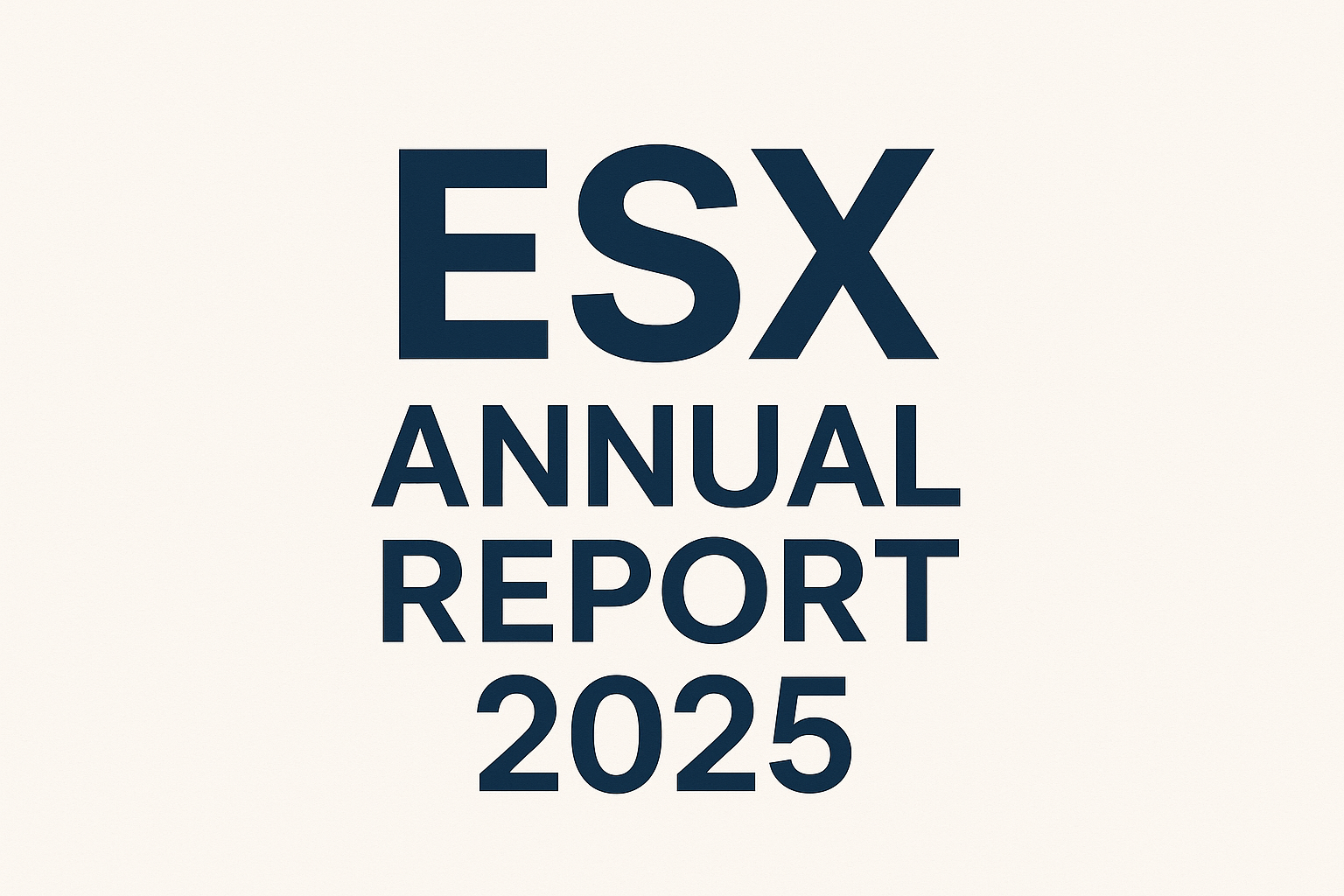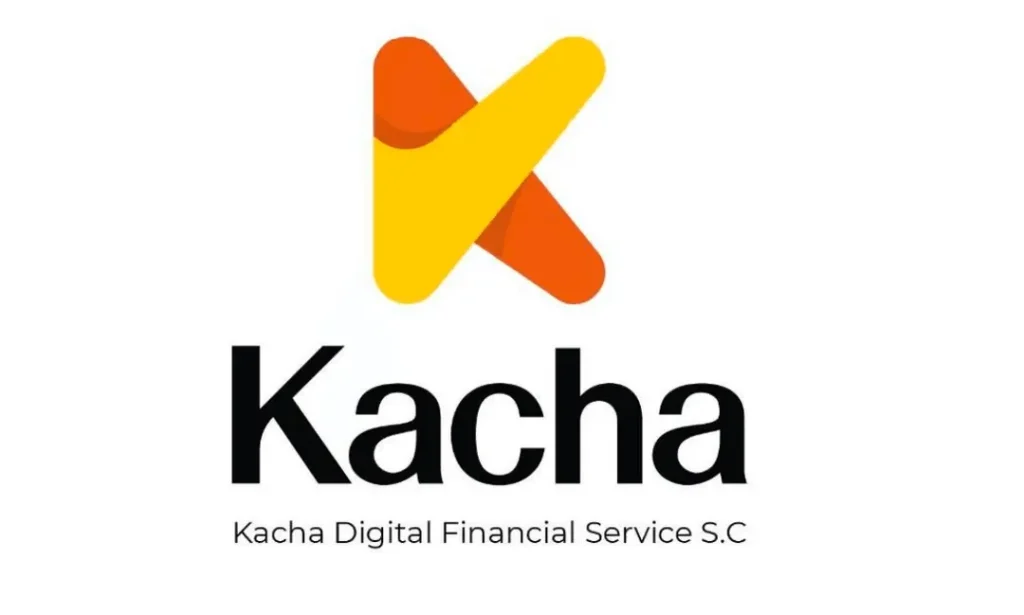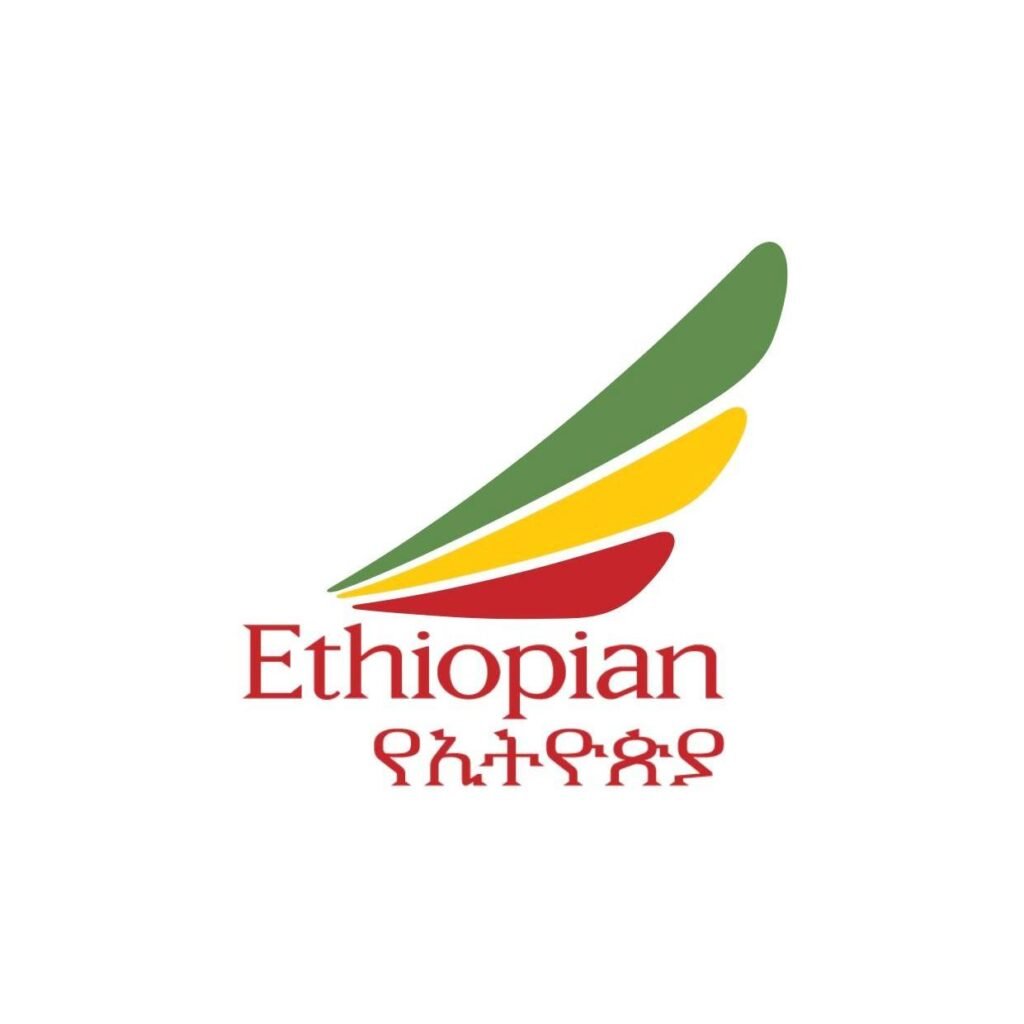Ethiopia’s Investment Conundrum: Navigating the Tightrope Between Promise and Peril
Addis Ababa, Ethiopia
Once hailed as Africa’s economic darling with double-digit growth, Ethiopia now grapples with a complex investment paradox. Despite ambitious reforms and vast potential, the nation struggles to attract sustainable foreign capital amid political turbulence, policy inconsistencies, and global headwinds. This investigation unravels the layers of Ethiopia’s investment landscape, where billion-dollar mining deals coexist with factory closures, and fintech innovation battles systemic fragility.
Part 1: The Promise Green Shoots in a Fragile Ecosystem
1.Strategic Reforms and Liberalization
Ethiopia’s 2020 investment law opened retail, wholesale, and import-export sectors to foreign investors after decades of state dominance. The Ethiopian Investment Commission (EIC) positioned itself as a “one-stop shop” to streamline permits, visas, and business registration. These changes initially sparked interest from 21 foreign investors, signaling cautious optimism for a market of 120 million people two-thirds under age 30.
2. Mining and Energy Bonanza
In 2025, Ethiopia secured $1.6 billion in mining and energy deals, predominantly with Chinese firms:
– Huawei Mining: $500M for mineral exploration and economic zones.
– Sequa Mining: $600M for coal projects.
– Hanergy: $360M for solar cell manufacturing.
These align with Ethiopia’s climate-resilient green economy strategy, leveraging renewable resources to position itself as a clean energy hub.
3. Fintech Revolution and Traditional Finance
Innovators are digitizing Equb Ethiopia’s ancient rotating savings system into platforms like eQUB, which partners with electric vehicle startup Dodai to finance motorcycles. This model merges communal savings with modern fintech, offering zero-interest alternatives to banking. Similar to global Save Now, Buy Later trends, it counters debt-driven models while serving Ethiopia’s unbanked majority.
Economic Resilience
Despite crises, Ethiopia’s GDP growth is projected at 6.5% in 2025 (IMF), outpacing regional peers. Rental yields hit 10–12.7%among the world’s highest fueled by urbanization and a rising middle class.
Part 2: The Peril Systemic Barriers to Growth
1. Investment Exodus and Default Risks
Foreign direct investment (FDI) plummeted from $4.3B in 2021 to $3B in 2024, missing the government’s $4.52B target. Gross investment’s share of GDP fell from 35% (2019) to 19% (2024). In 2023 alone, 450 factories shuttered, with steel plants operating at 20% capacity due to contraband imports and construction slumps.
2. Policy Whiplash and Institutional Instability
Investors cite regulatory unpredictability as crippling:
– Tax laws change abruptly, with new levies on exempted items.
– Customs procedures lack consistency, causing import delays.
– Banking reforms cap credit growth at 14%,starving manufacturers of capital.
A bottled water executive lamented: “Constantly changing policies keep adding to our problems” after cutting production by 75% over three years.
4.Currency Crisis and Debt Default
A severe foreign exchange shortage forces businesses to navigate a vast parallel market (116 ETB/USD vs. official 56.7 ETB/USD). In December 2023, Ethiopia defaulted on a $33M eurobond payment, eroding investor confidence despite an IMF bailout.
Part 3: Pathways to Resolution Balancing Reform and Stability
1. Policy Coherence and Institutional Trust
Experts urge consistent implementation of Ethiopia’s ten-year development plan (2020–2030). Priorities include:
– Banking liberalization :Allowing foreign banks to stabilize the financial sector.
– Land rights reform: Clarifying leasehold rules to protect investments.
– Dispute resolution: Adhering to the New York Convention on Arbitration.
2.Leveraging Diaspora Capital and Regional Integration
Ethiopia’s global diaspora channels remittances via platforms like Equb. The African Continental Free Trade Agreement (AfCFTA) could position Ethiopia as a logistics hub, especially after its Somaliland port deal to reduce reliance on Djibouti.
3. Data-Driven Investment Narratives
Africa’s infrastructure loan default rate is 1.9%lower than the U.S. (6.6%)yet perceived risk inflates borrowing costs. Transparent data could correct this mismatch, attracting affordable capital for Ethiopia’s $100M annual infrastructure gap.
4.Sectoral Opportunities Beyond Commodities
– Agriculture: Bill Gates-backed GM crops could boost exports.
– Tourism: Oromia’s “Visit Oromia” initiative targets untapped natural/cultural sites.
– Manufacturing: EV battery production using cobalt/lithium reserves
Conclusion: The Tightrope Walk Ahead
Ethiopia’s promise remains tangible: a massive youth demographic, renewable energy potential, and strategic reforms. Yet perilous gaps in stability, governance, and currency management threaten resurgence. As UNDP notes, the perception of Ethiopia as a “country in crisis”costs goodwill and capital . Navigating this conundrum demands not just visionary policies but their unwavering execution a lesson echoing Prime Minister Abiy’s rallying cry: “There has never been a more opportune moment to invest” . For global investors, Ethiopia represents the ultimate high-reward frontier.
Sources: ; Digital Finance/SHEGA ; Mining Technology ; The African Investor ; Academia.edu ; U.S. State Department ; LinkedIn







